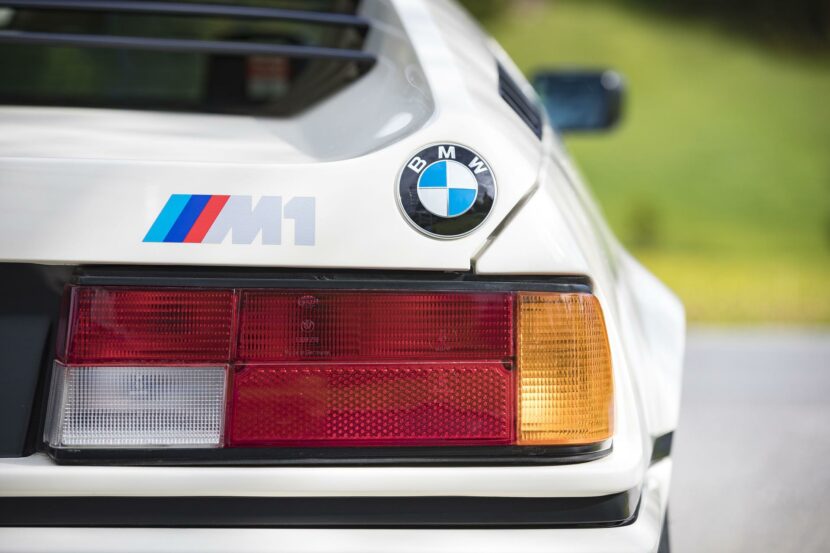The electric vehicle (EV) market is evolving rapidly, with various automakers embracing new charging standards to accommodate the growing demand for electric mobility. One significant development in this regard is the adoption of the Tesla North American Charging Standard (NACS) port. A multitude of automakers and charging networks have already transitioned or announced their plans to do so, sparking a debate about whether BMW should follow suit. In this article, we will explore the factors that should be considered in making such a decision.
The Shift to NACS
Numerous automakers, including GM, Ford, Genesis, Fisker, Honda, Kia, Nissan, Polestar, Volvo, Rivian, Jaguar Land Rover, and Mercedes-Benz, have either already transitioned to NACS ports or are in the process of doing so. Even charging networks like ChargePoint, Electrify America, Bink, and SAE International are making the switch. This transition reflects the growing recognition of Tesla’s NACS charge port and the company’s extensive Superchargers network as the industry gold standard.
BMW’s CCS Standard
For now, BMW has chosen to stick with its Combined Charging System (CCS) standard. Additionally, BMW, along with General Motors, Honda, Hyundai, Kia, Mercedes-Benz, and Stellantis, announced plans for a joint venture to establish a comprehensive network of DC fast chargers across the US and Canada. These stations will include both the NACS ports and the widely used CCS plugs, signaling that BMW does not need to convert its EVs to NACS ports.
So far, BMW has been quiet on this matter, but they did issue a statement for Motor Trend stating that they are actively monitoring developments in charging standards and will take the necessary steps to ensure a seamless EV experience for their customers. Naturally, by building their own charging network, BMW can continue to rely on CCS, while also offering NACS compatibility through adapters or other means.
The Importance of Competition

While the industry seems to be converging on NACS as a standard, competition remains crucial. Healthy competition among automakers and charging networks drives innovation, leading to improved technology and better services for consumers. Maintaining alternative charging options, such as CCS, ensures that customers have choices and fosters a competitive landscape that benefits EV users.
Yet, you have to wonder if adopting the NACS and getting access to Tesla’s Supercharger Network will help BMW in the long run. BMW already possesses the technology to adapt between various plug standards, including J1772/CCS 1, CCS 2, GB/T, and CHAdeMO. Therefore, adapting to NACS may not be a significant technical hurdle for the company.
Adapter Solutions
There is also the option of using an adapter to connect to the NACS ports. Yet, it’s worth noting that the physical plug alone doesn’t guarantee access to Tesla’s Superchargers. Agreements with Tesla for billing system integration are necessary for compatibility. Mercedes, for instance, plans to offer its customers an adapter to use with Tesla charging stations in 2024. BMW could pursue a similar approach, ensuring that its vehicles can access Tesla Superchargers with the appropriate adapters.
What’s the Best Way Forward?
Clearly, having a global standard is best. It reduces complexities in the charging infrastructure while also opening access to different networks, like Tesla’s. But in the meantime, there is also this issue: Europe has recently adopted CCS2 as their standard and forced Tesla to comply. So what would be the best way forward? Of course, getting access to Tesla’s Superchargers will help BMW short term since owners are still struggling to find decent fast charging coverage with the CCS port. In the long run, giving Tesla the key to your kingdom might not be smart, considering how fast and abruptly things change in Austin, TX.
So what’s your opinion: should BMW change to the NACS port?
[Image Credit: Tesla Media Site]







































































